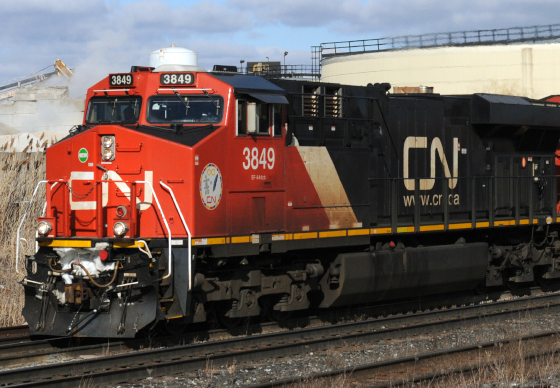Market Development
High Volume Production – today and for the long-term
SinterCast is a Tier II technology and service provider to the global foundry industry. In turn, our foundry customers supply engineered castings to the automotive industry.
Approximately 1.5 million vehicles were produced during 2023 with “SinterCast-Inside”. More than 95% of the 2023 production was for commercial vehicles, pick-up trucks and off-road equipment, where electrification is still in its infancy. Less than 1% of our 2023 production was for passenger cars. The SinterCast product mix provides opportunities for continued growth with high volume series production well beyond 2035.
Commercial Vehicles
Commercial vehicles currently account for 51% of the volume. More than 95% of heavy duty commercial vehicles relied on diesel engines in 2023; less than 1% were electric. We see strong growth as the current fleet continues to upgrade to CGI, with high volume production well beyond 2035.
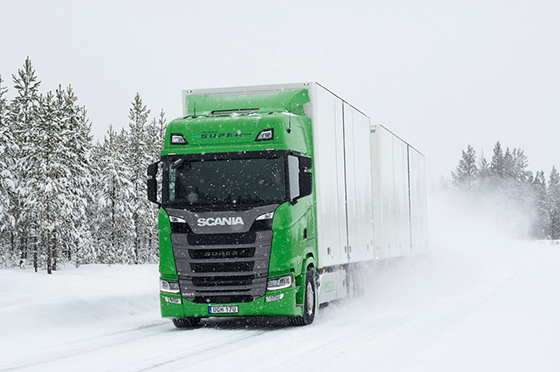
Super-Duty Pick-ups
Super Duty pick-ups currently account for 30% of the volume. The SinterCast-CGI engines provide 20~30% better fuel economy, and up to 40% when towing. At present, there are no tangible plans for electrification in the sector. We see long term demand well beyond 2035.
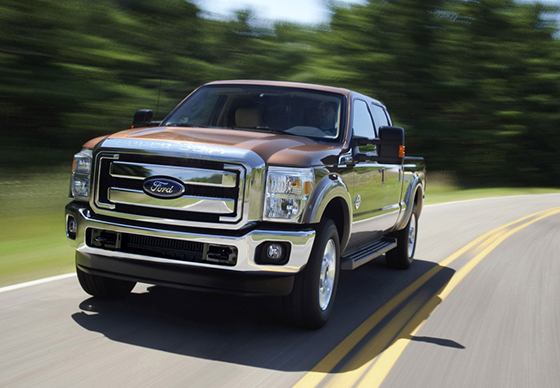
Full-size Pick-ups
Full-size pick-ups currently account for 10% of the volume. The SinterCast-CGI 2.7 litre V6 petrol engine is the smallest and most fuel efficient option in the Ford F-150. Electric penetration in the sector was approximately 1.5% in 2023. We see long term demand beyond 2030, and beyond 2035 in hybrid applications.
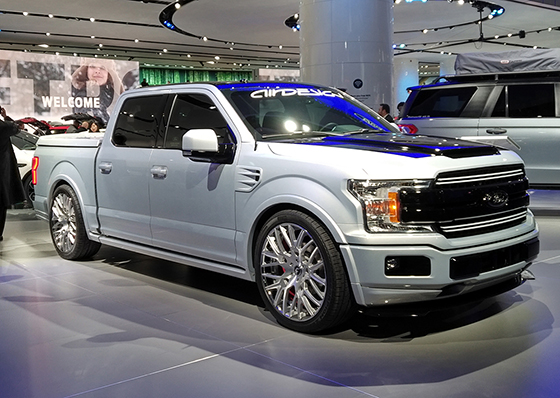
Mid-size Pick-ups
Mid-size pick-ups, SUVs and crossovers currently account for 5% of the volume. Ford invested in new manufacturing facilities for Latin America, Africa and Asia-Pacific during 2023. There is effectively no electric penetration in these regions. We see long term demand well beyond 2035.
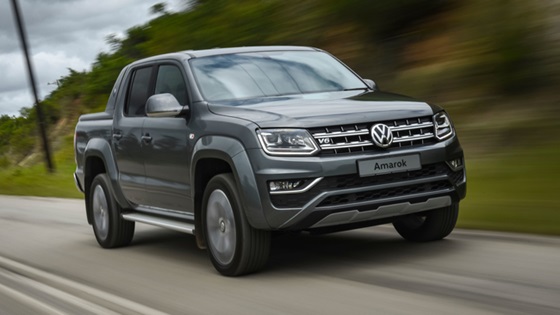
Industrial Power
Industrial power currently accounts for 4% of the volume. The sector includes large marine engines, locomotives, off-road equipment and back-up electricity generators. We see stable demand, but because the sector is significantly smaller than the core on-road automotive industry, it is unlikely to exceed 5% as on-road market continues to grow.
